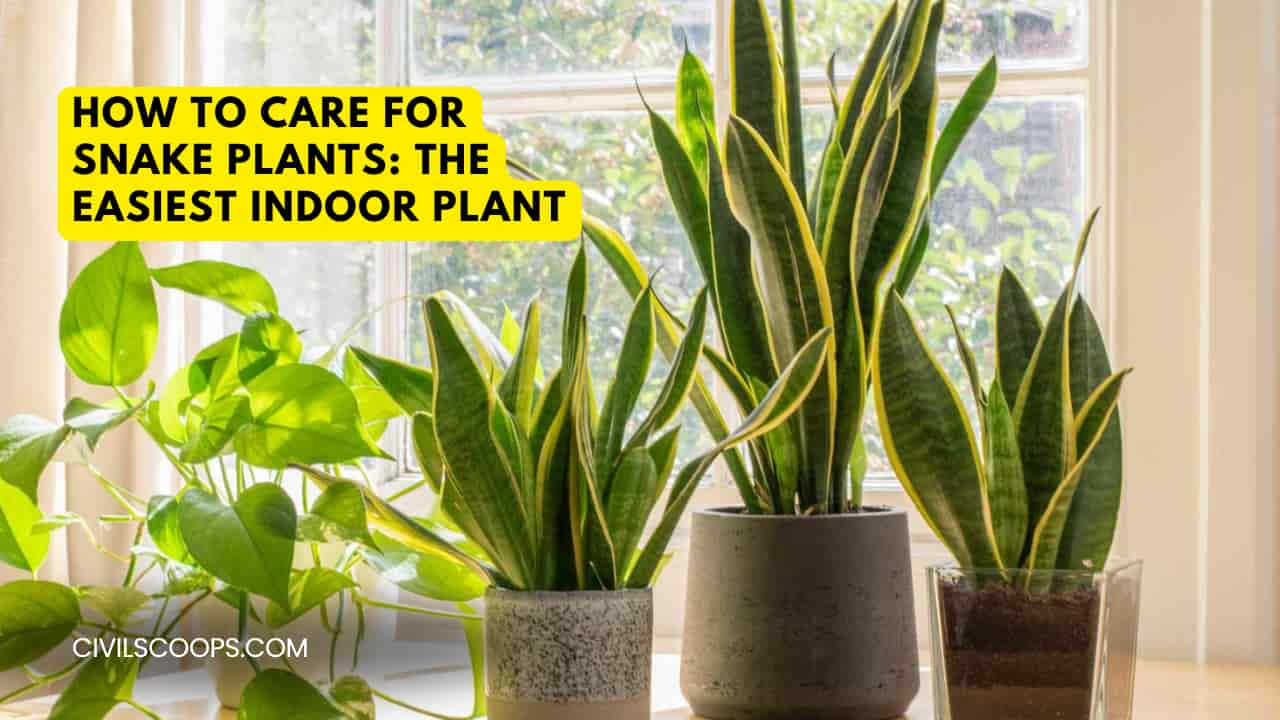How to Care for Snake Plants: The Easiest Indoor Plant
Indoor plants not only enhance the aesthetics of your space but also improve air quality and bring nature indoors.
Whether you’re a seasoned plant parent or a beginner, understanding the basics of indoor plant care can help your plants thrive.
This guide will provide care tips for low light indoor plants, Monstera plants, snake plants, and even exotic plants, ensuring you can cultivate a lush indoor garden.
Table of Contents
1. Low Light Indoor Plants
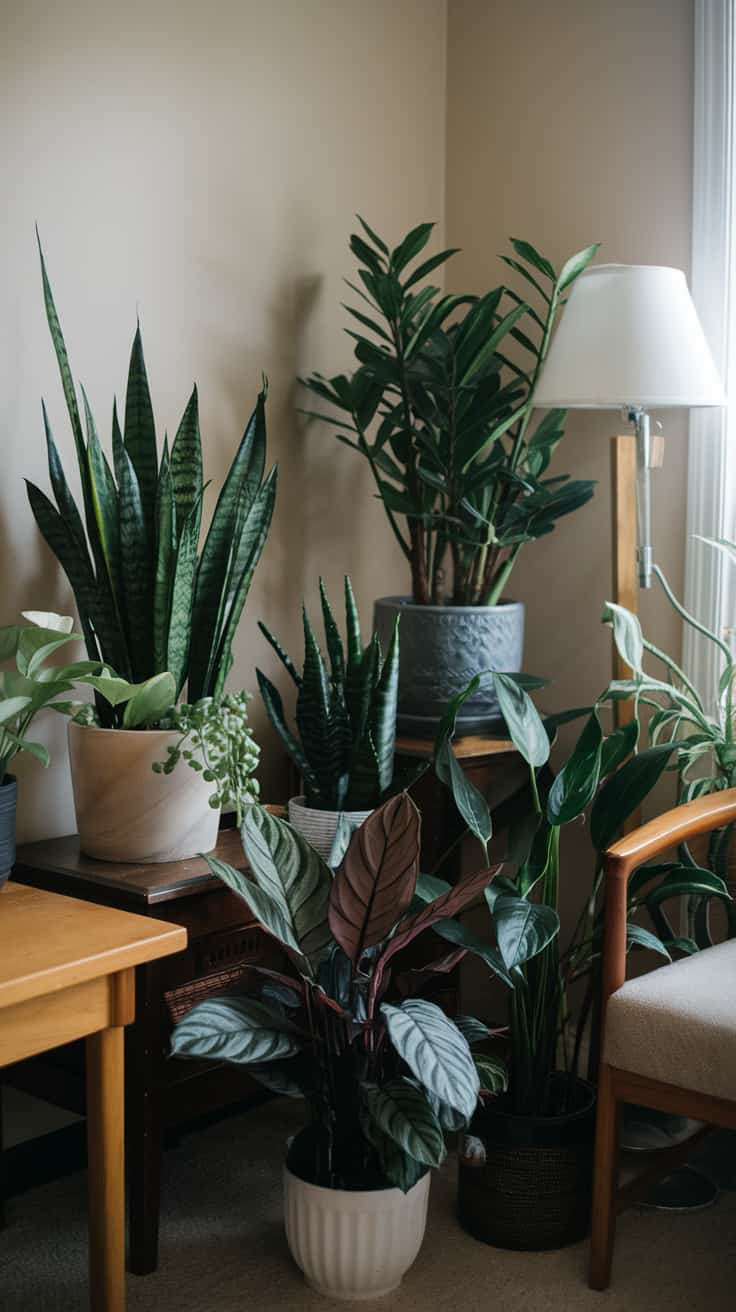
One of the most common challenges for indoor plant owners is finding plants that thrive in low light environments.
Fortunately, many plants have adapted to survive in minimal sunlight, making them perfect for spaces with limited natural light, such as offices or bathrooms.
- Popular Low Light Plants: Snake plants, ZZ plants, pothos, and peace lilies are among the most resilient low light indoor plants.
Care Tips: - Watering: Since these plants don’t need direct sunlight, they also require less water. Make sure to let the soil dry out between watering sessions.
- Placement: Avoid placing these plants in direct sunlight, as it may scorch their leaves.
- Humidity: While most low light plants can tolerate average household humidity, occasional misting or placing them near a humidifier will keep them happy.
2. Monstera Plant Care
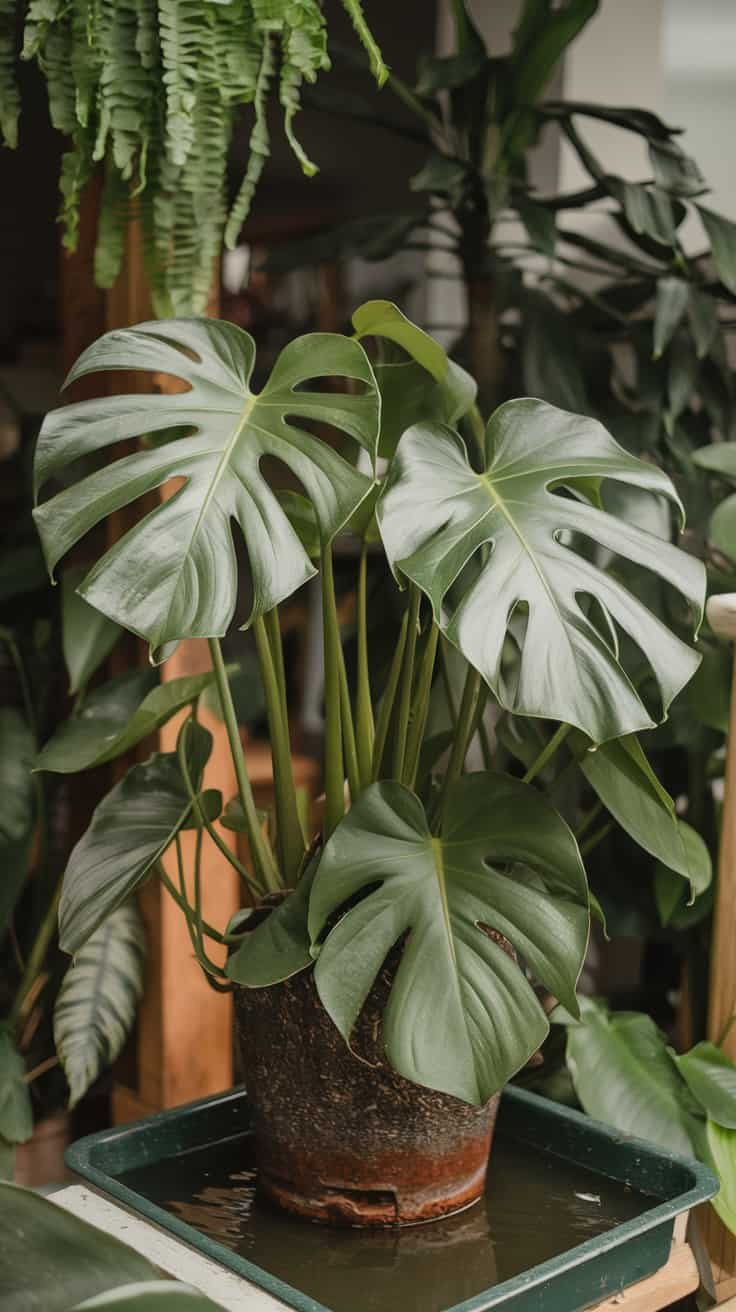
Monstera plants, commonly known as the Swiss cheese plant due to their unique, perforated leaves, are popular for their bold foliage. Though they grow large, they are relatively easy to care for with the right conditions.
- Lighting: Monstera plants prefer bright, indirect light but can tolerate low light. However, the growth may slow in low-light conditions.
- Watering: Water the Monstera plant when the top inch of soil feels dry. Be cautious of overwatering, as this can lead to root rot.
- Humidity: Monstera thrives in high humidity, so misting the leaves regularly or placing the pot near a humidifier can promote better growth.
- Fertilizing: During the growing season (spring and summer), feed your Monstera every month with a balanced houseplant fertilizer to encourage lush, vibrant leaves.
3. Snake Plant Care
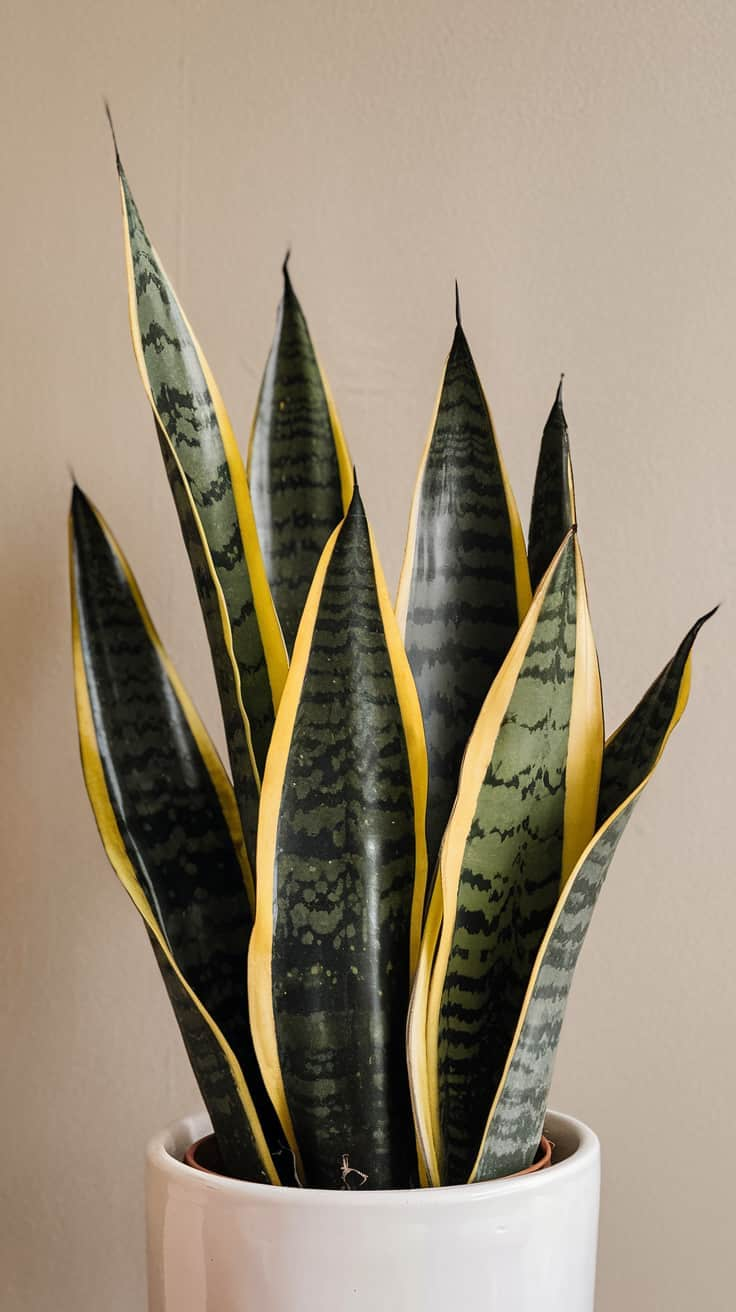
Snake plants (also called Sansevieria) are highly regarded for their architectural form and ability to purify the air. They are one of the best low-maintenance plants, perfect for beginners.
- Lighting: Snake plants thrive in low to bright indirect light, but they can tolerate low light better than many other houseplants.
- Watering: Water sparingly. Snake plants prefer dry conditions, so allow the soil to dry completely between waterings.
- Soil: Use well-draining soil, as snake plants are prone to root rot if left in soggy conditions.
- Temperature: Keep your snake plant in a room with temperatures between 60°F and 75°F, as they are sensitive to cold.
4. Cool Plants for Indoor Spaces

If you’re looking to make a bold statement with your indoor garden, consider adding some cool plants with unique features.
Plants like the spider plant, fiddle leaf fig, and the Chinese money plant (Pilea) are trendy for their striking appearances and easy care routines.
Care Tips for Cool Plants:
- Spider Plant: Thrives in bright, indirect light and requires regular watering when the topsoil dries out.
- Fiddle Leaf Fig: Prefers bright, filtered sunlight and needs consistently moist soil.
- Chinese Money Plant: Needs bright, indirect light and weekly watering to prevent overwatering.
5. Exotic Plants
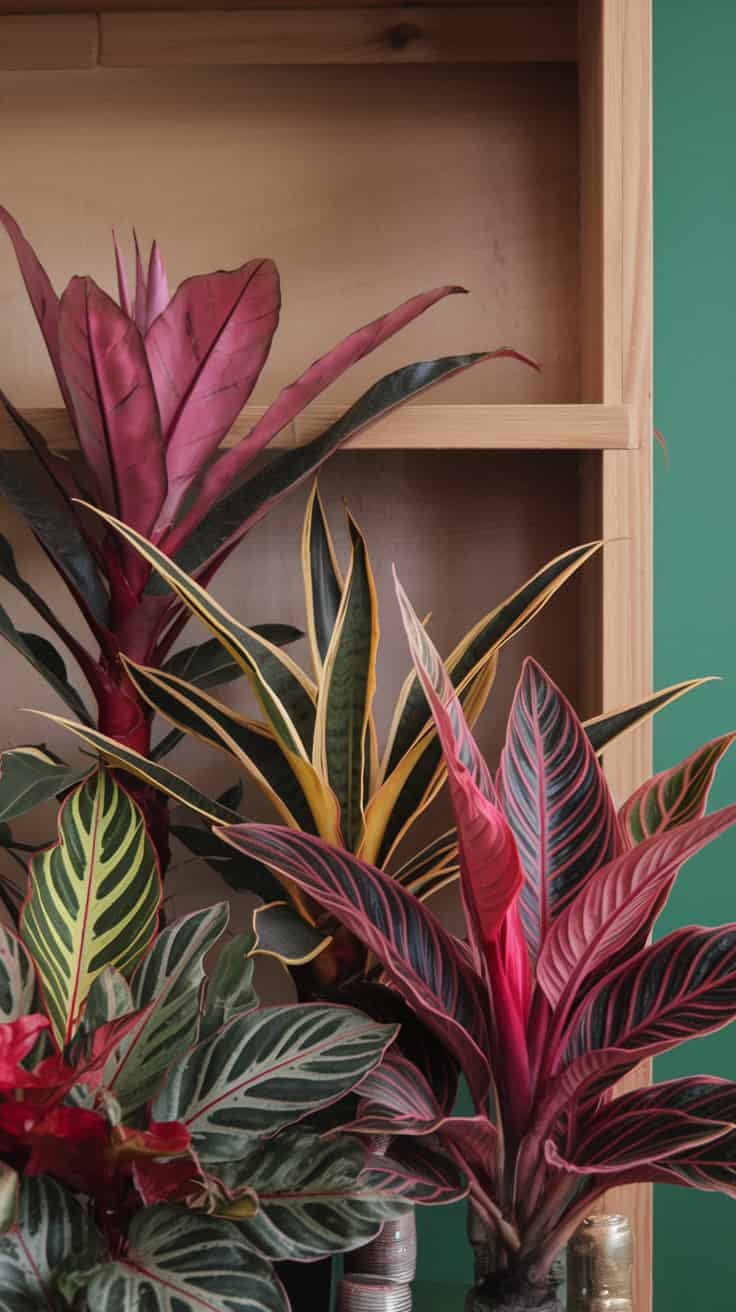
For plant enthusiasts looking to go beyond common varieties, exotic plants can bring an extraordinary touch to indoor spaces.
These unique species often require specialized care but reward you with stunning colors, shapes, and growth patterns.
- Popular Exotic Plants: Orchids, staghorn ferns, Venus flytraps, and bird of paradise plants are examples of exotic houseplants.
Care Tips:
-
-
- Orchids: Require bright, indirect light and a specific watering schedule (every 7–10 days).
- Staghorn Fern: Prefers to be mounted on a board and misted regularly, thriving in high humidity.
- Bird of Paradise: Needs bright light to bloom and requires frequent watering during the growing season.
-
Like this post? Share it with your friends!
Suggested Read –
- Creative DIY Flower Centerpieces
- How to Design an Indoor Plant Wall for Any Space
- Creating a Cozy Thanksgiving Aesthetic for Your Home
- Small Cottage Garden Ideas: Create a Cozy Outdoor Escape
- Modern Backyard Landscaping: Sleek and Sophisticated Designs
Conclusion
Caring for indoor plants can be a rewarding and relaxing experience. Whether you’re nurturing low light indoor plants, maintaining the exotic beauty of a Monstera plant, or tending to the resilient snake plant, each plant adds a unique touch to your home.
With the right care, you can create a thriving indoor jungle filled with cool and exotic plants that flourish for years to come.
Originally posted 2024-10-07 06:48:05.

